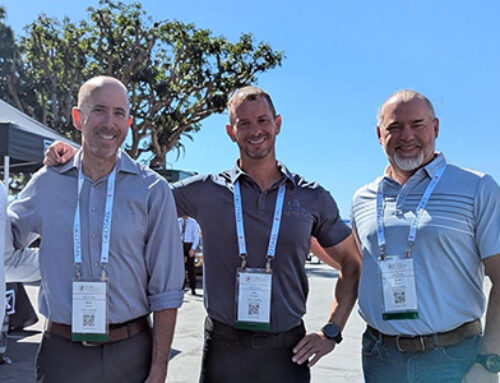Connected, Electric, and Autonomous – Highlights from CES 2018
The automotive world has pretty much stayed the same or has made only incremental advances over the last few decades. The introduction of the CD changer was probably the most innovative or technologically sophisticated advancement the industry had seen – up until the last couple of years.
The annual CES in Las Vegas has become a car show disguised as a technology show as many auto makers chose to do their “big reveals” there this year – instead of at the Detroit Auto Show the following week.
This year, much of the automotive news at CES were platform announcements – broad looks at the technologies, software, sensors, and partnerships that will underpin the future of mobility.
While there were many awe-inspiring and exciting car-related demonstrations at CES, we chose a few of the most innovative to highlight here.
![]()
Living Streets – inspiring keynote address
Ford, now describing itself as a mobility company, had its CEO Jim Hackett focused on future mobility solutions as the world progresses toward “smart cities” in his inspiring keynote speech.
Adopting cellular vehicle-to-everything (“C-V2X”) technology in the next few years, vehicles will be able to communicate with smart traffic signals, other vehicles, and gas pumps or parking meters to make automatic wireless payments. C-V2X tech enables a vehicle to have the ability to see around corners and detect weather conditions, warning the driver and other connected vehicles of potential hazards to watch out for.
Hackett stated that C-V2X tech will be the key to getting more car manufacturers on board with vehicle connectivity systems and to standardizing the technology. This technology uses chips that are faster than what’s being used currently in vehicle-to-vehicle connectivity systems, are less expensive, and will rely on a new 5G mobile network.
Hackett leveraged CES to announce Ford’s commitment to making all of its vehicles connected by next year. This means that all new Ford vehicles will have options for wi-fi, remote unlocking, and location services.
Infotainment systems with connectivity and AI
Both Hyundai and Mercedes-Benz unveiled how they will use artificial intelligence and natural language processing in revamped infotainment systems that can serve as a digital assistant. Think Siri or Google Assistant inside your car.
The system will be able to tell you what the weather is going to be like, warn you about traffic, and respond to commands like setting reminders or making phone calls. The intuitive natural language recognition would apply, for example, if you told your car that you’re cold or hot – it will adjust the climate control for you or open a window. Or if you ask if you’ll need an umbrella later today, it will let you know the chance of rain. It will start to learn the driver’s habits and preferences, and anticipate needs accordingly.
Hyundai plans to install its Intelligent Personal Agent in new models as early as 2019. Mercedes-Benz will be rolling out its new UX (aptly named MBUX) to some vehicles on the lower end of the Mercedes lineup later this year.
GM driverless car without a steering wheel
Of course, there were many examples of autonomous vehicles being demonstrated at CES. General Motors announced that its Cruise AV will be on the roads in 2019. The Cruise AV has no steering wheel, no pedals and no driver controls whatsoever.
The intended application for this vehicle is a GM-operated ride-sharing service. By ordering a ride through a mobile app, you can input your destination and customize certain preferences like car temperature and music, so you can have a perfectly personalized ride when it picks you up. GM stated that the Cruise AV plays a key role in its plan for a “future with zero crashes, zero emissions, and zero congestion.” That seems quite ambitious!
Toyota not only unveiled its new e-Palette concept vehicle, but also announced its partnerships with Amazon, Mazda, Pizza Hut, Uber and Didi. Toyota will collaborate with its partners on evaluating future Mobility as a Service (MaaS) applications.
The e-Palette is a fully autonomous electric vehicle with a very simple and boxy exterior design. The interior is a bit of a blank slate and can be multi-purpose – Toyota suggests it could be used for public transit, postal services or even short-term accommodation. At the core of this driverless vehicle is Toyota’s Mobility Services Platform (MSPF), which is software that is being developed for the future of car sharing. Toyota plans to run the e-Palette as a mobility solution during the 2020 Olympic and Paralympic Games in Tokyo.
A lot of the concepts we saw at CES are a few years off from being widely available to the public, but we can expect connectivity built into infotainment systems to become standard features soon.
We came back from CES 2018 with a renewed sense of passion and excitement for our industry and we look forward to the continued transformation of the automotive and fleet management industry.




